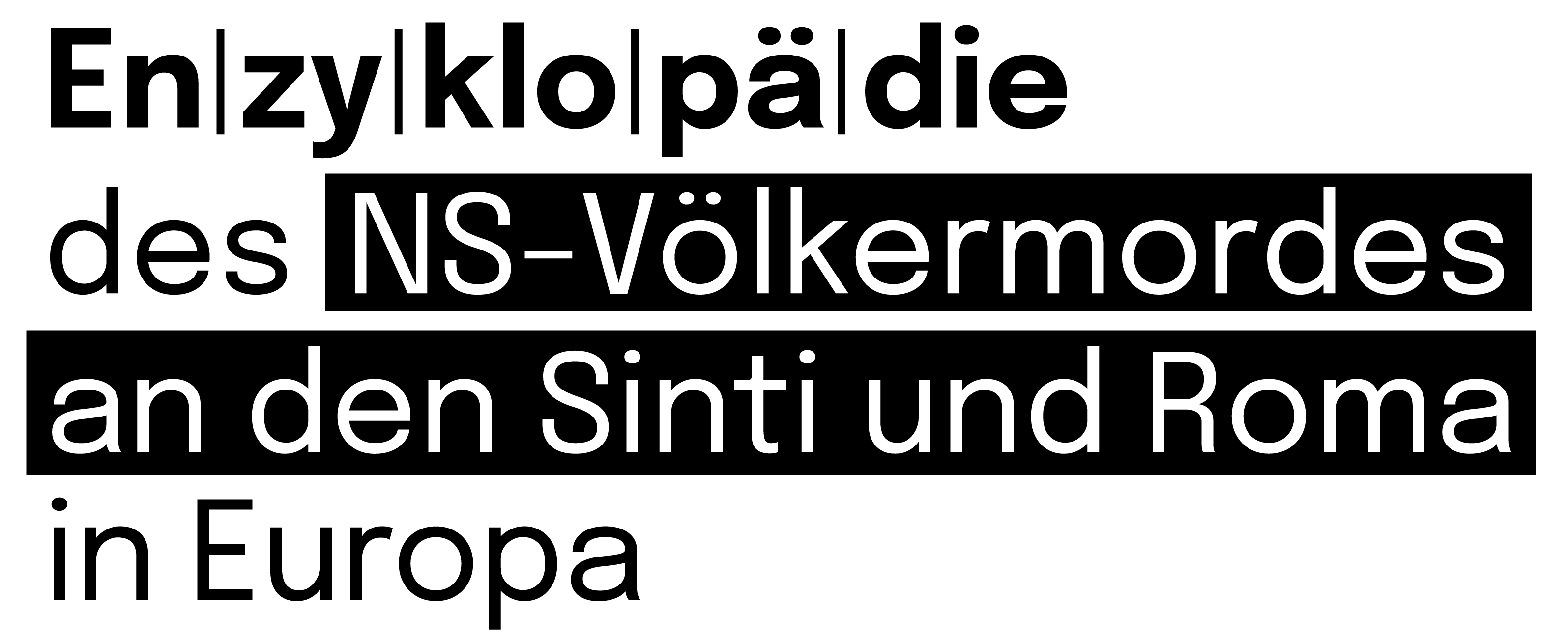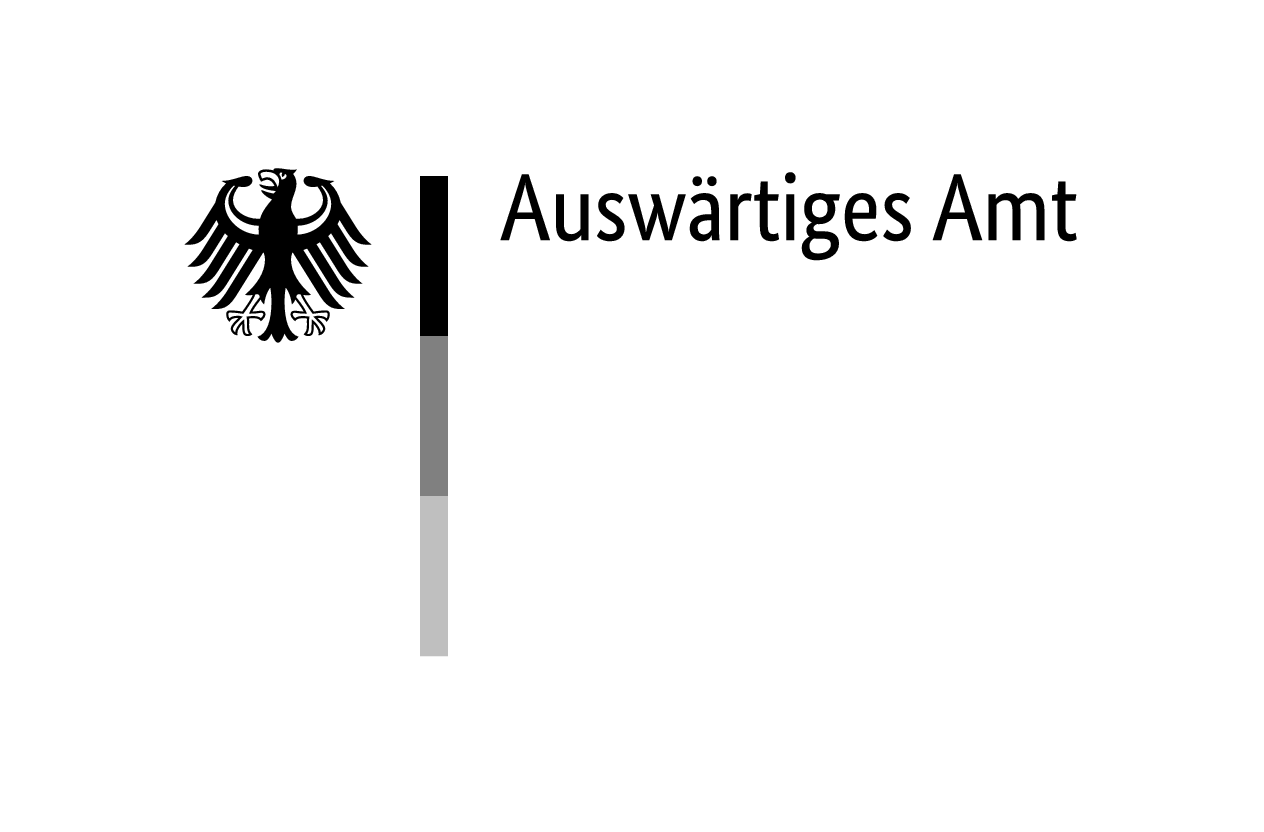Alois Paffner, born on 26 December 1896 in Olomouc, Czechoslovakia, lived with his family in Česká Třebová (under German occupation Böhmisch Trübau) in eastern Bohemia, part of the Protectorate of Bohemia and Moravia. The Paffner family, who until then had earned their living as itinerant traders, settled in Česká Třebová because of the order of the district governor, who forbade ‘roaming around’ in the Litomyšl district. After April 1939, they were the only Romani family living in the town.
Living Situation
Alois Paffner worked for the Czech-Moravian Railway in Česká Třebová. With Antonia née Růžičková (born 1896), whom he married in 1940, he had seven children who bore their mother‘s maiden name Růžička: son Emil (born 1923) and daughters Justína (born 1921), Květa (born 1925), Marie (born 1928), Anna (born 1930), Hana (born 1932) and Gréta (born 1936). The couple also looked after a child of unknown name whose parents were in prison at the time.
The Paffner family lived in their own caravan, which stood in the forest outside of town. A 1941 report of the municipal authorities indicates that the family was in difficult economic circumstances. The authorities gave the family the opportunity to buy a discarded railway wagon that had been converted into a dwelling. The eldest daughter, Justína, was given work by the municipality, among other things as a labourer at the local cemetery. The son Emil Růžička was also employed by the municipality, but from September to December 1941 he was interned in the penal labour camp in Lety near Písek.
In a letter dated 30 June 1941, the Chairman of the Administrative Commission for the District Office in Litomyšl wrote to his colleagues: ‘The relationship between the local citizens and the Gypsies settled here is quite favourable, and I can confirm the efforts of the Gypsies, especially Paffner Alois—the head of the family, to conform to the lifestyle and housing standards of other residents.’1State District Archives Ústí nad Orlicí, Archives of the town of Česká Třebová, inv. no. 971, box 259, sig. XI P Gypsies, 1941-1942, folio 3, letter dated 30 June 1941, subject: Gypsies – permanent settlement.
Deportation and Murder
The members of the family were classified as ‘racial Gypsies’ during the Registration of ‘Gypsies’ on 2 and 3 August 1942. On the basis of the Auschwitz decree, the family was included in the second mass transport of Roma and Sinti from the Protectorate, which arrived at Auschwitz-Birkenau concentration and extermination camp on 11 March 1943. Here they were tattooed with the numbers Z-2268 to Z-2273 (women) and Z-2004, Z-2005 (men), except for Gréta Růžičková, who arrived on the following transport (19 March 1943), and was given the number Z-4866. Nearly all of the family gradually perished in the camp. First the parents died: Alois Paffner on 10 August 1943 and Antonia Růžičková on 20 August 1943, and then their daughters Justína (21 February 1944), Květa (7 March 1944), Marie (8 March 1944), Anna (date of death not known), Hana (22 August 1943) and Gréta (3 April 1944). Only Emil Růžička survived. In April 1943 he was transferred from Auschwitz-Birkenau to Auschwitz I and from there in September 1944 to Flossenbürg concentration camp.
In 2024, the Romani victims of Nazi persecution remained uncommemorated in the public space of the town of Česká Třebová.




